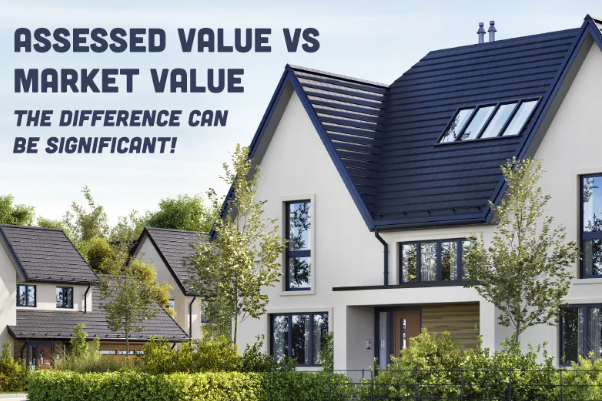What is an Assessed Value?
In BC, the assessed value of a home is calculated by BC Assessment, a Crown corporation. It’s used primarily for calculating property taxes. Key points:
-
It reflects property characteristics as of July 1st of the previous year.
-
It uses a mass-appraisal approach: looking at comparable sales (similar homes), the age, size, condition, lot size, improvements, location, views, etc.
-
It does not always include recent upgrades, renovations, or cosmetic improvements made after the last assessment date.
What is Market Value / List Price?
Market value (or what sellers set as list price) is what a buyer would pay right now, assuming both buyer and seller are reasonably willing. It’s influenced heavily by current conditions. Things that go into it:
-
Recent comparable sales in your area (homes similar to yours in lot size, condition, updates, etc.).
-
Current demand and supply: if many buyers and few homes, prices go up; the reverse can drag prices down.
-
Interest rates and financing conditions, buyer confidence, economic outlook. These change rapidly and can shift market value more frequently.
-
The condition of the home, upgrades, staging, curb appeal, etc. They matter more for market value than assessors might account for.
Why They Often Don’t Match
Because the two values are calculated in different ways, for different purposes, and at different times, discrepancies are normal. Here’s where they diverge:
-
Timing difference
-
BC assessed values are based on data as of July 1 of the prior year. By the time most people see their assessment notice (in January), market conditions may have shifted significantly.
-
List price/market value is real-time (or as close to current as possible), reflecting today's demand and what buyers are willing to pay.
-
-
Purpose difference
-
Assessed values are for taxation. They must be fair, consistent across many properties, and done at scale. That means they use generalized data, not always custom to every improvement or cosmetic detail.
-
Market values are for buying/selling, so they factor in what makes your home more attractive (renovations, condition, staging, neighborhood trend).
-
-
Condition & Upgrades
-
Homes with recent upgrades (new kitchen, bathrooms, high-end finishes) may fetch higher market value, but unless those were documented to the assessor before assessment date, they may not be reflected in assessed value.
-
-
Local market changes
-
Sudden swings — rising interest rates, supply shortages, or economic shifts — can push market values up or down quickly. Assessed values lag behind.
-
What This Means for Buyers & Sellers
For Sellers:
-
Don’t assume your assessed value sets a cap for what you can ask. If your area has appreciated, and you’ve made upgrades, your home may list (and sell) well above assessed value.
-
Use a comparative market analysis (CMA) with recent sales to set a realistic, competitive list price—not just relying on assessment numbers.
For Buyers:
-
Viewed only an assessed value? Use it as a reference, but get a current CMA or consult with a realtor to understand what homes in your desired area are selling for.
-
Be aware that lenders often order appraisals; that value needs to align enough with your offer (or you may need to make up a difference or adjust down).











